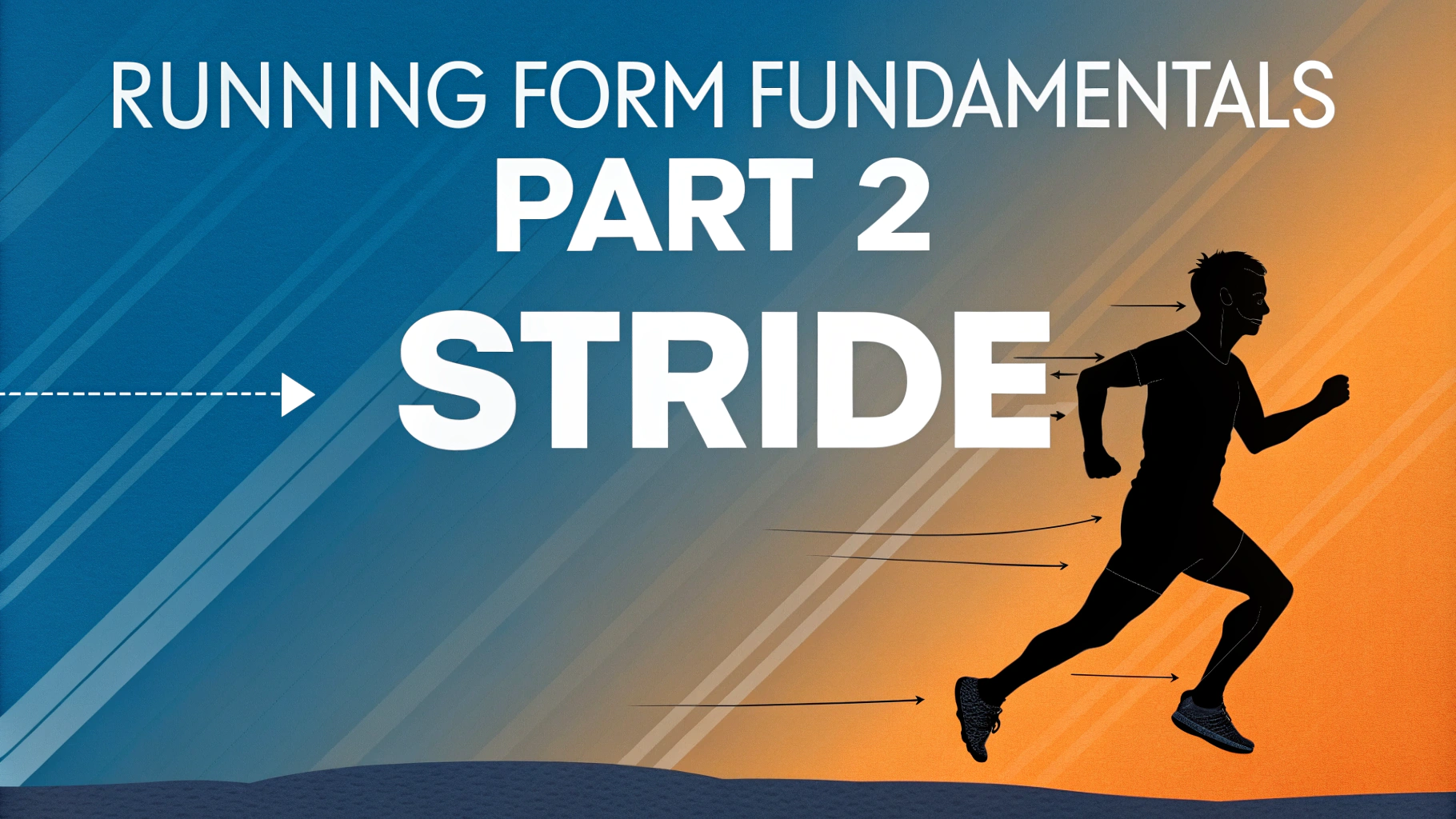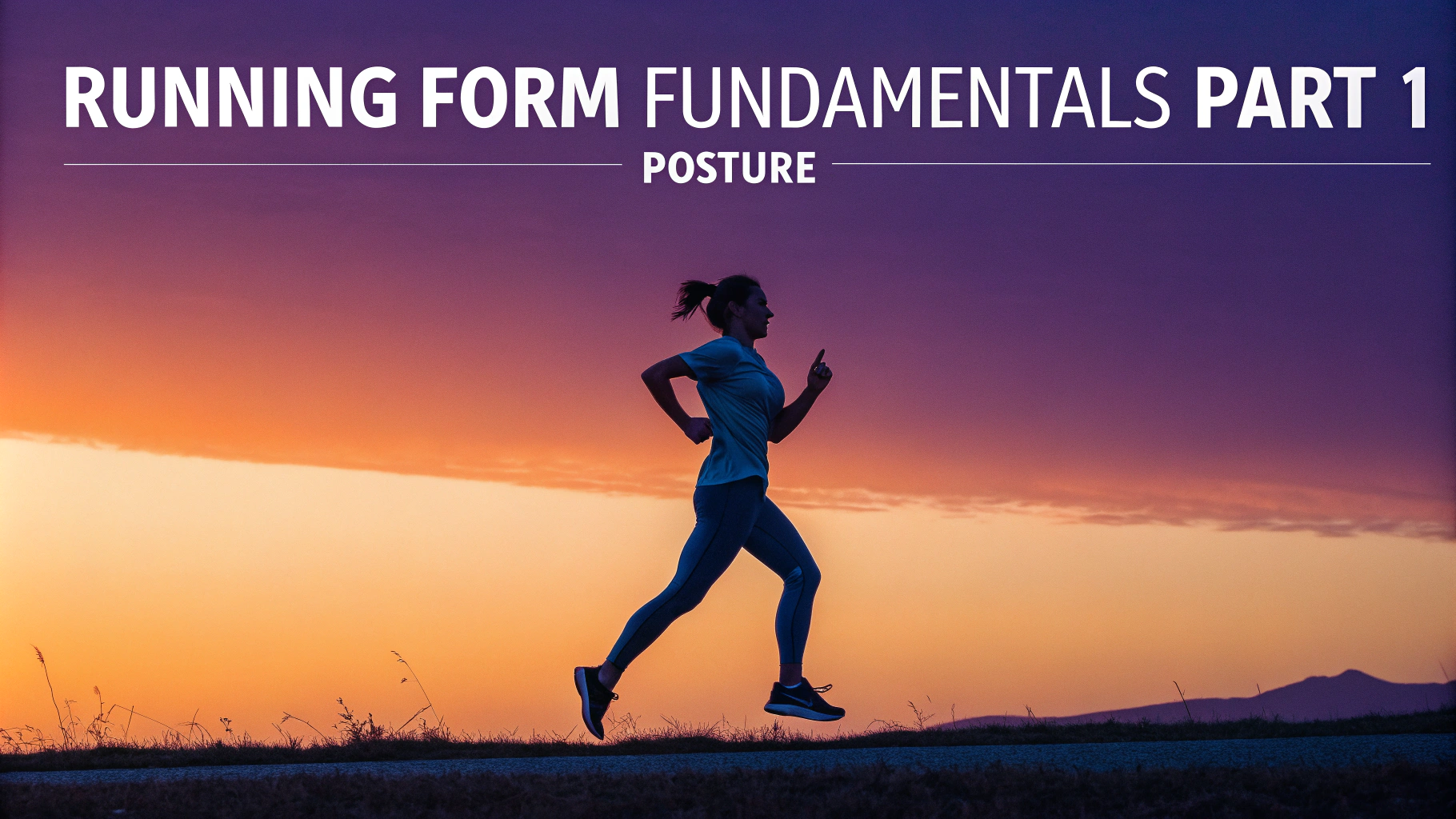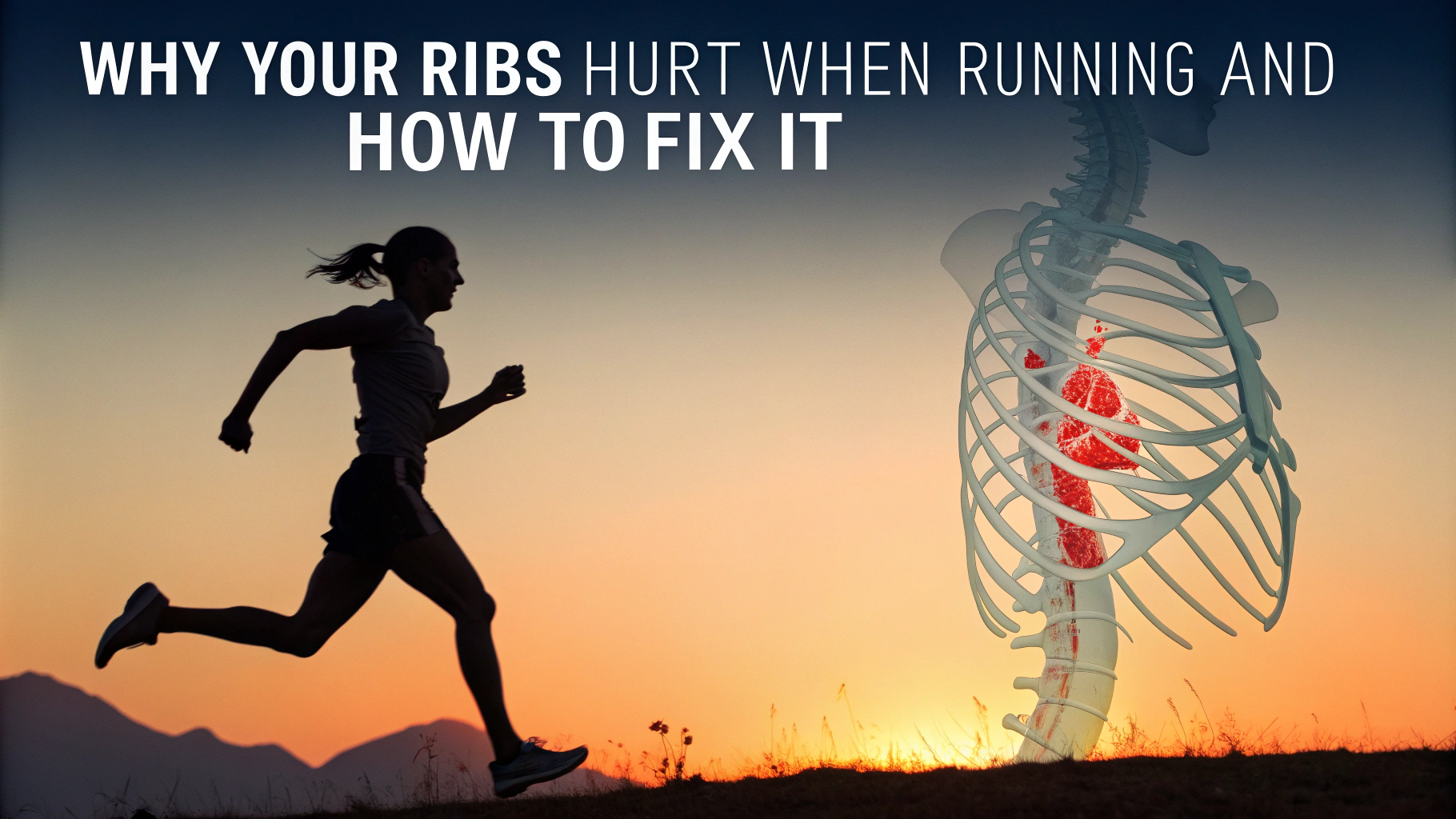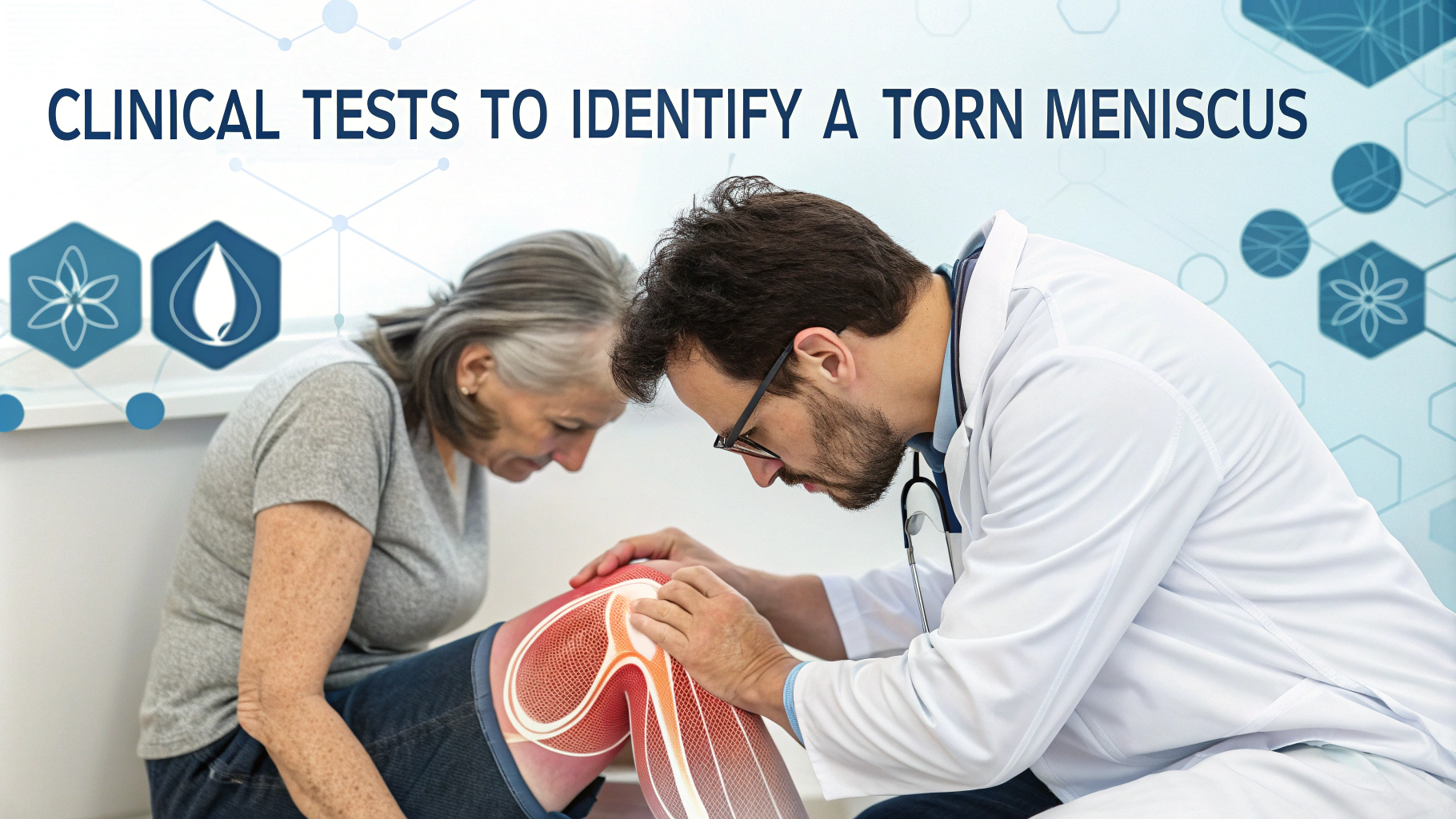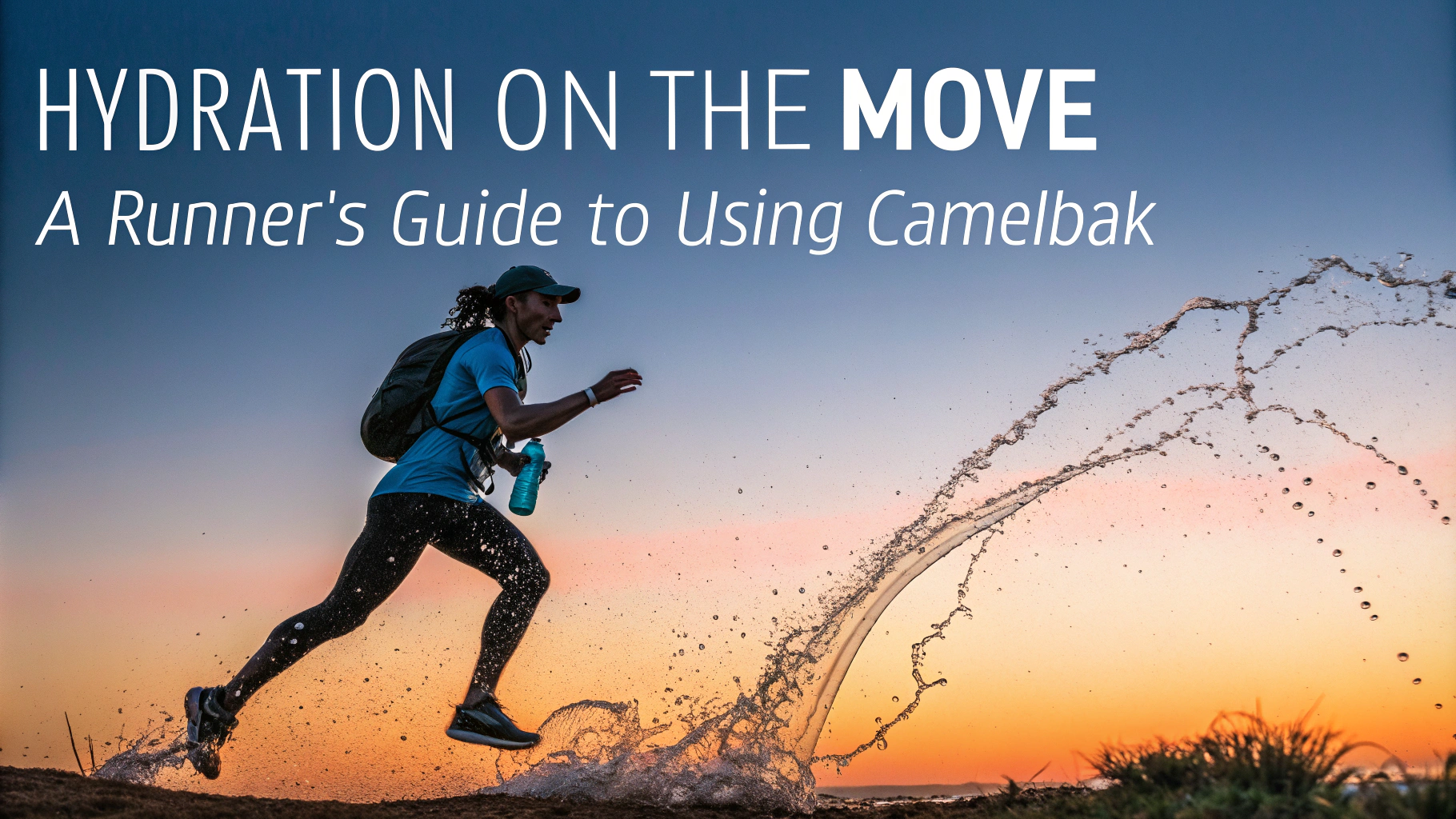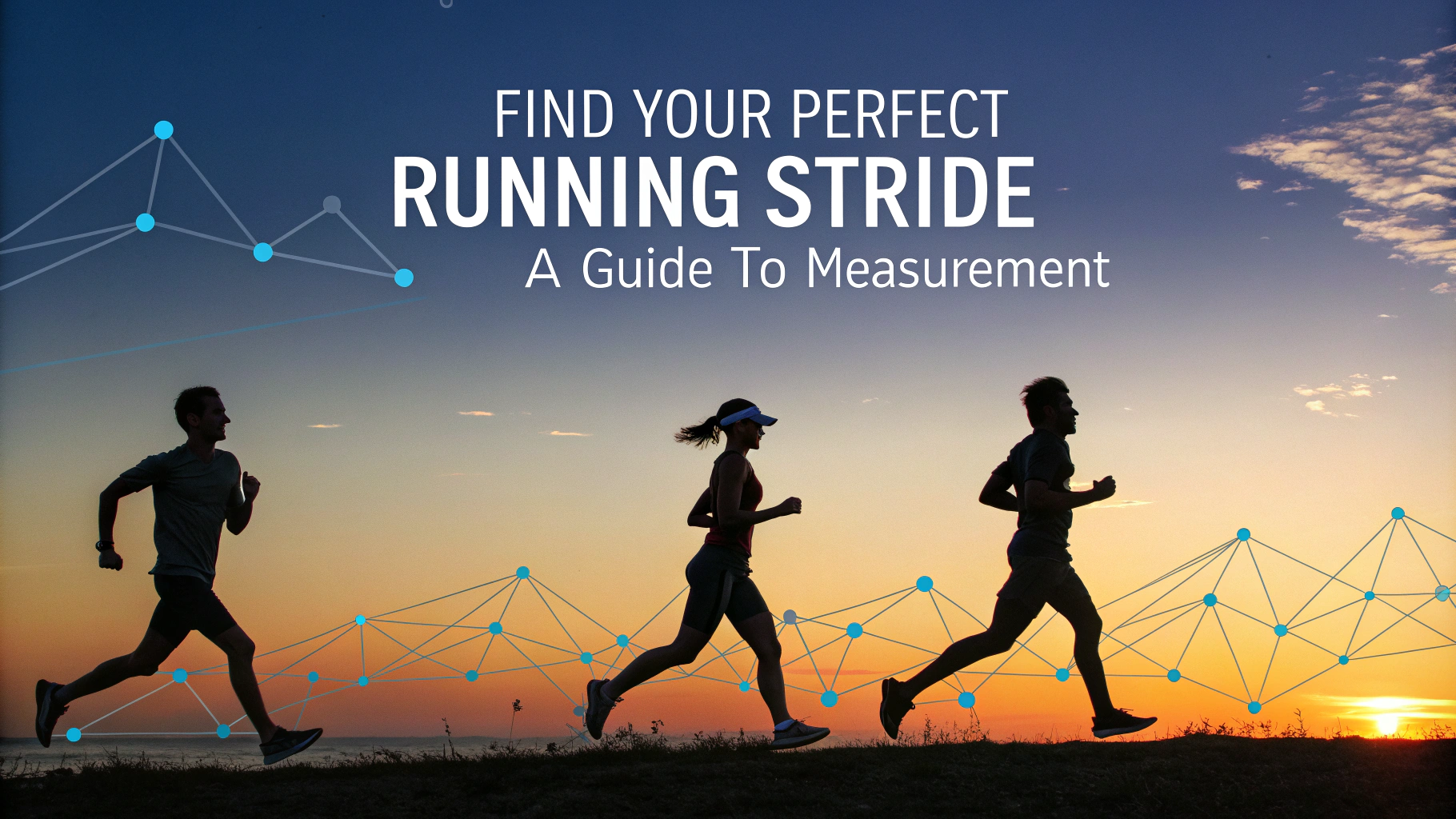A torn meniscus can seriously impact your running routine, but catching it early through proper testing helps ensure faster recovery and return to training.
Key Clinical Tests for Meniscus Tears
The McMurray Test remains the most common clinical examination, where your doctor flexes and rotates your knee to check for clicking sounds or pain.
During the Thessaly Test, you’ll stand on one leg and rotate your knee at specific angles while your doctor monitors for pain or locking sensations.
The Apley Compression Test involves lying face down while your doctor applies pressure and rotates your leg to identify meniscus damage.
Joint Line Tenderness Testing checks for pain when pressing along the knee joint line – a common indicator of meniscal tears.
Advanced Diagnostic Methods
- MRI Scan: Shows detailed images of soft tissue damage
- Ultrasound: Helps identify fluid buildup and inflammation
- X-Ray: Rules out bone-related issues
Warning Signs for Runners
- Clicking or popping sounds during movement
- Pain when twisting or rotating the knee
- Difficulty fully straightening the leg
- Swelling after running
Next Steps After Diagnosis
Stop running immediately if you suspect a meniscus tear and contact a sports medicine specialist or orthopedic doctor.
| Severity | Treatment | Return to Running Timeline |
|---|---|---|
| Minor tear | Rest, ice, compression | 4-8 weeks |
| Moderate tear | Physical therapy | 3-6 months |
| Severe tear | Surgery | 6+ months |
Prevention Tips
- Maintain proper running form
- Include strength training for leg muscles
- Wear appropriate running shoes
- Gradually increase training intensity
Contact the American Academy of Orthopaedic Surgeons at 847-823-7186 or visit AAOS.org for medical professional referrals.
Recovery and Rehabilitation
Initial Recovery Phase
Following diagnosis and treatment, focus on RICE protocol (Rest, Ice, Compression, Elevation) for the first 48-72 hours to reduce swelling and pain.
Rehabilitation Exercises
- Gentle range-of-motion exercises
- Stationary cycling with minimal resistance
- Swimming or water running when cleared
- Progressive strengthening exercises
Cross-Training During Recovery
Maintain fitness through low-impact activities while healing:
- Pool workouts
- Upper body strength training
- Modified yoga (avoiding deep knee bends)
- Arm ergometer exercises
Return to Running Protocol
| Phase | Activities | Duration |
|---|---|---|
| Walk-to-Run | Alternate walking/jogging | 2-3 weeks |
| Base Building | Easy-paced runs | 4-6 weeks |
| Normal Training | Regular workout routine | 8-12 weeks |
Conclusion
Early detection and appropriate treatment of meniscus tears are crucial for runners. Follow medical advice, complete rehabilitation properly, and return to running gradually to prevent re-injury. Regular strength training and proper form maintenance will help reduce future injury risks.
Remember to consult healthcare professionals before resuming training and listen to your body during recovery.
FAQs
- What are the most reliable clinical tests for diagnosing a torn meniscus in runners?
The most reliable tests are McMurray’s Test, Thessaly Test, Joint Line Tenderness Test, Apley’s Test, Duck Walk Test, Childress Test, and Modified Bounce Home Test. - How accurate is the McMurray’s Test in diagnosing meniscus tears?
McMurray’s Test has a sensitivity of 60-70% and specificity of 70-75% when performed correctly, making it one of the most commonly used clinical tests for meniscus tears. - Can I continue running with a suspected meniscus tear?
Running with a suspected meniscus tear is not recommended as it can worsen the injury and lead to additional knee damage. Seek medical evaluation before returning to running. - What symptoms typically indicate a torn meniscus in runners?
Common symptoms include knee pain, swelling, clicking or popping sounds, difficulty fully extending the knee, and a sensation of the knee “locking up” during movement. - How long is the recovery period for a meniscus tear in runners?
Recovery time varies from 3-6 weeks for minor tears treated conservatively to 3-6 months for tears requiring surgery, depending on tear severity and treatment approach. - What is the accuracy of the Thessaly Test compared to MRI in diagnosing meniscus tears?
The Thessaly Test, when performed at 20 degrees of knee flexion, has shown 90-97% sensitivity and 85-96% specificity, comparable to MRI results. - Which running surfaces should be avoided with a healing meniscus tear?
Hard surfaces like concrete and asphalt should be avoided. Stick to softer surfaces like tracks or grass when returning to running after proper healing. - Are there preventive measures runners can take to avoid meniscus tears?
Preventive measures include proper warm-up, strengthening exercises for quadriceps and hamstrings, maintaining healthy weight, wearing appropriate footwear, and avoiding sudden directional changes. - What’s the difference between acute and degenerative meniscus tears in runners?
Acute tears occur from sudden trauma or twisting movements, while degenerative tears develop gradually over time from repetitive stress and normal wear and tear. - When is surgery necessary for a runner’s meniscus tear?
Surgery is typically necessary for large tears, tears in the outer region with good blood supply, locked knee situations, or when conservative treatment fails to resolve symptoms after 6-8 weeks.


